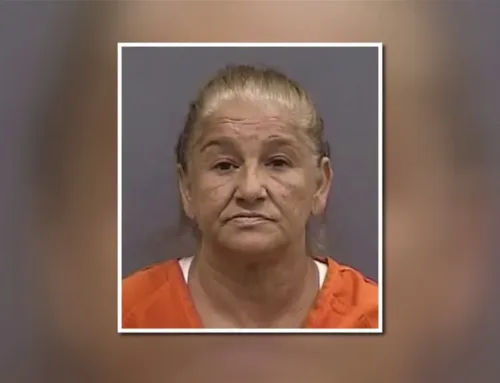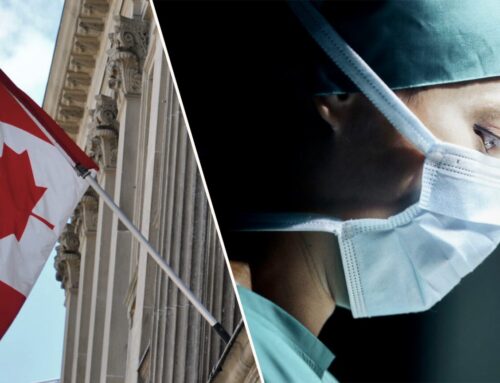Marieke Walsh
Published:November 12, 2021
-The Globe And Mail
Almost two-thirds of Canadians support immediately capping greenhouse gas emissions from the oil sands – even if it puts jobs at risk, according to a new poll.
Sixty-three per cent of respondents to a Nanos Research poll said they agree or somewhat agree that Canada should immediately limit emissions from the oil and gas sector and curtail them over time. Thirty-four per cent said they either disagree or somewhat disagree, and 3 per cent said they are unsure.
The poll, conducted for The Globe and Mail, also shows the country is “fundamentally divided” between the Prairie provinces and the rest of Canada, Nanos Research founder Nik Nanos said. As such, it reveals the political calculus for Prime Minister Justin Trudeau as his government plans to implement a cap on emissions from the oil and gas sector, Mr. Nanos added, because the regions with the most support for such a cap are also Liberal strongholds.
The regional breakdown reveals a gulf between the main producers of oil and gas and other regions. In the Prairies, 57 per cent of respondents said they disagree or somewhat disagree with limiting emissions, whereas Quebec had the lowest level of dissent, with just 16 per cent not in favour. In Atlantic Canada and British Columbia, 29 per cent and 30 per cent, respectively, said they oppose a cap.
The oil and gas sector is the leading contributor to greenhouse gas emissions in Canada, but it is also critical to the economy. Mr. Nanos said the poll shows the country’s regions are “out of sync,” with “the Prairies at one end of the spectrum and then Quebec at the other.”
During the recent election campaign, the Liberals pledged to put a cap on the sector’s emissions, with the ceiling shrinking over time. The government has said it will set five-year targets, starting in 2025. Because the path to a majority government runs through Quebec, Mr. Nanos said there may not be much incentive for Mr. Trudeau to bridge the regional divide.
“Good policy for the federation may become victim to a good political strategy for the Liberals, that’s what we have to watch out for,” he said.
The Prairies, though, “aren’t immune to climate-fueled wildfires and droughts,” said Keith Stewart with Greenpeace Canada. “The best policy for the federation is to help each other through a rapid transition to green energy so we capture the jobs that come with it,” he said.
On Nov. 9, former prime minister Stephen Harper told a closed-door meeting that the federal government’s climate policy unfairly singled out “certain parts of the country.”
The week prior at international climate negotiations in Glasgow, Mr. Trudeau called his government’s planned emissions cap on oil and gas “a big step that’s absolutely necessary,” Mr. Trudeau acknowledged in his Nov. 1 speech that imposing limits will be “no small task for an oil-and-gas-producing country.”
The Prairie provinces were also the exception in a separate Nanos Research poll for The Globe on equalization payments. On that question, more people in the Prairies want equalization removed from the Constitution than respondents from other regions.
Overall, 61 per cent of respondents said they disagree or somewhat disagree with removing equalization payments from the Constitution, while 30 per cent agree or somewhat agree. Nine per cent said they are unsure.
In the regional breakdown, though, 50 per cent of respondents from the Prairies said they want the payments removed from the Constitution. Respondents from Quebec were the least likely to support the change, with just 20 per cent saying they would back it.
Last month, Albertans voted in favour of removing equalization from the Constitution in a referendum that Premier Jason Kenney said was designed to put pressure on Ottawa to address the province’s many grievances. Results posted by Elections Alberta showed 61.7 per cent voted “Yes.”
Mr. Nanos said the timing of the referendum means the issue was much more front and centre for respondents in the Prairies, adding that it’s not clear if people in the region are truly outliers or if the results there simply reflect what others would think if equalization got more attention.
The hybrid telephone and online random surveys ran from Oct. 31 to Nov. 3, with 1,026 respondents. They have a margin of error of plus or minus 3.1 percentage points, 19 times out of 20.




